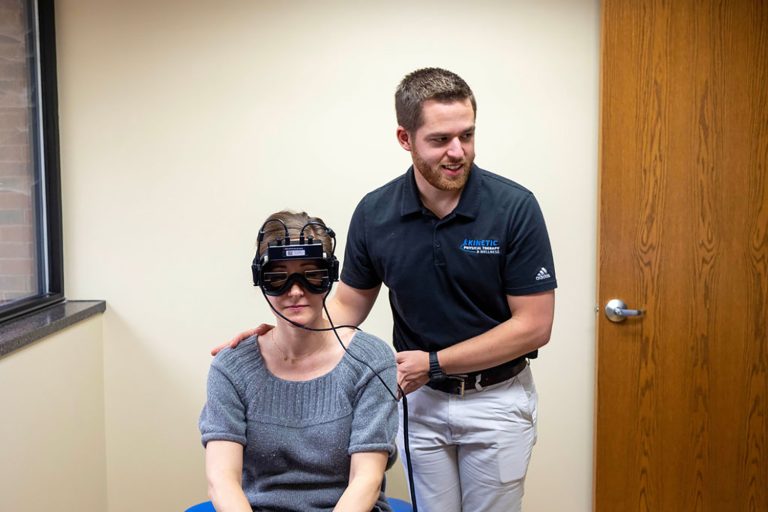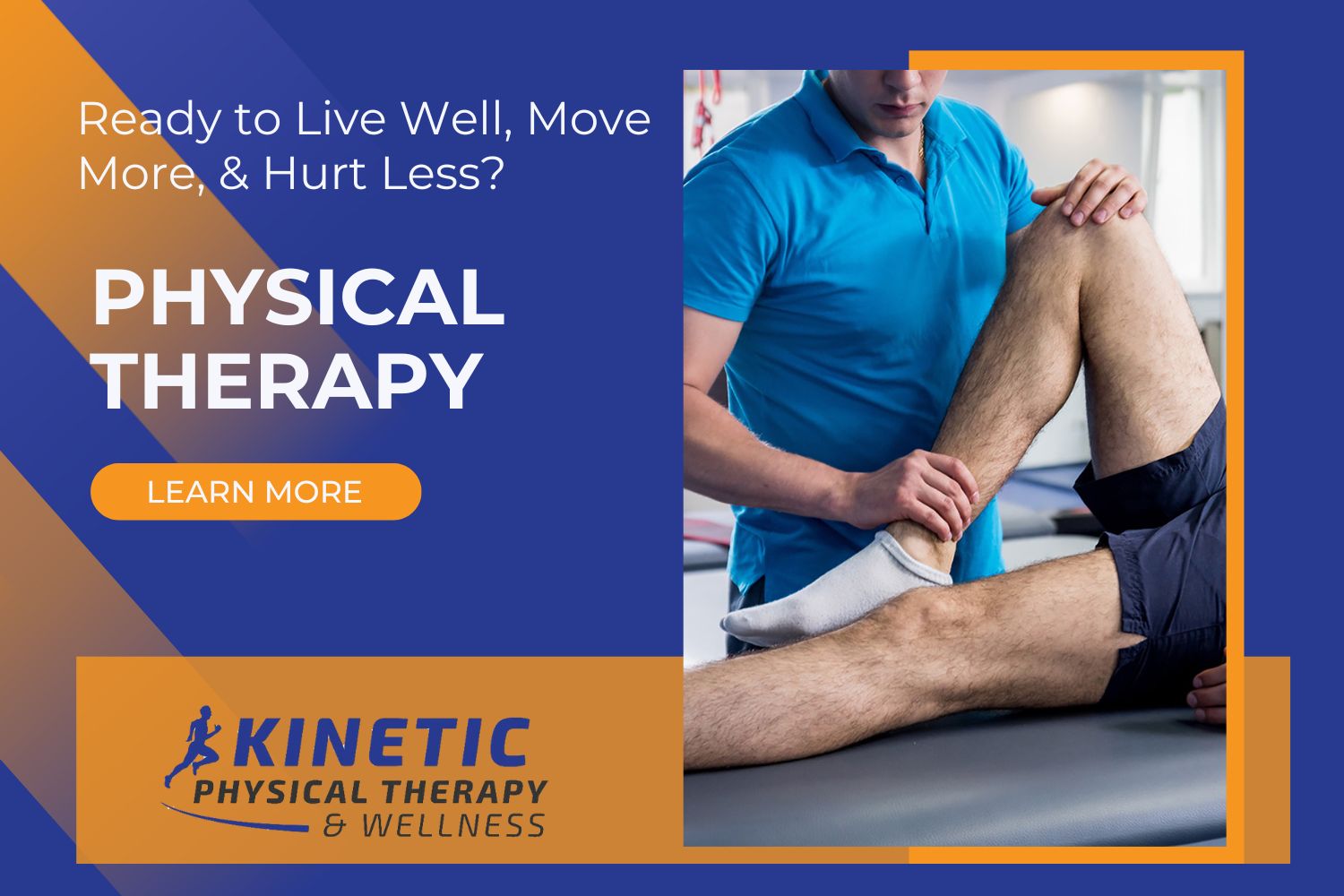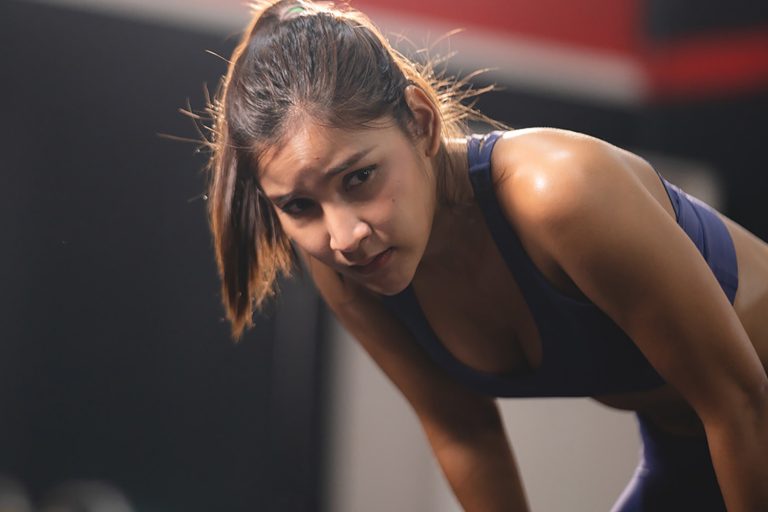
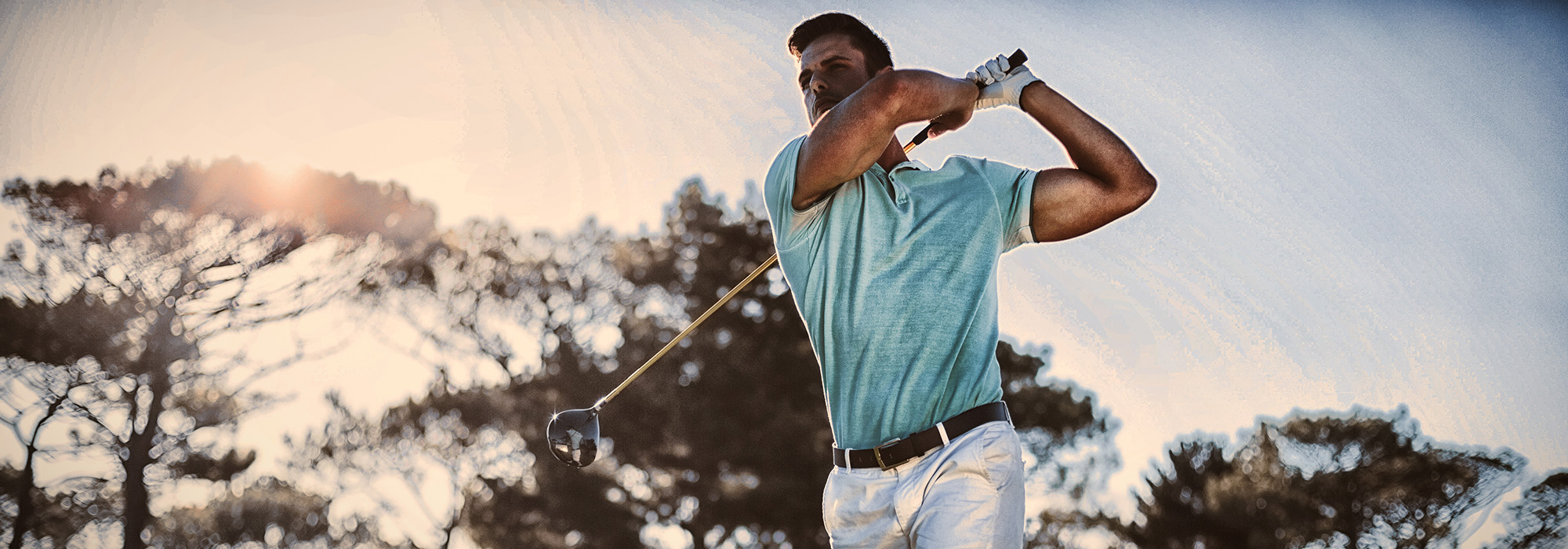
Common Shoulder Injuries in the Golfer
Golf is a sport that can be played throughout your lifetime. You can start playing later in life and still get as much joy (or if you are like me, sometimes frustration) out of it as you can if you started playing when you were a kid. A bad round of golf can be discouraging but what’s even worse is being sidelined by shoulder injuries. Although golf is a non-contact sport there is plenty of opportunity for injury, whether it be from poor form, overuse or even a traumatic incident. Injuries to the shoulder account for 17.6% of all golf injuries. Age can also play a factor in which injury a golfer is more at risk to experience. Below are some of the most common shoulder injuries that golfers experience in each age group.
Shoulder Injuries in the Young Golfer
One of the most common injuries in a younger golfer is pain due to shoulder joint instability. Shoulder instability occurs when there is too much motion in the shoulder joint due to laxity in the ligaments surrounding the joint. This can lead to shoulder pain, decreased range of motion (ROM) or even feelings of the shoulder “popping out of place.” There are two different types of instability commonly seen in golfers, including:
Anterior Instability: This occurs when there is laxity in the front of the shoulder. In golfers this is most common in the trail arm (in right-handed golfers this would be their right arm) due to the position of this arm during the backswing.
Posterior Instability: This occurs when there is laxity in the back of the shoulder. Posterior instability can occur in the lead shoulder (in right-handed golfers this would be their left shoulder) during backswing or the trail shoulder during follow through.
Posterior and Anterior Instabilities can lead to more serious injuries if left untreated, including labral, biceps tendon or rotator cuff degeneration.
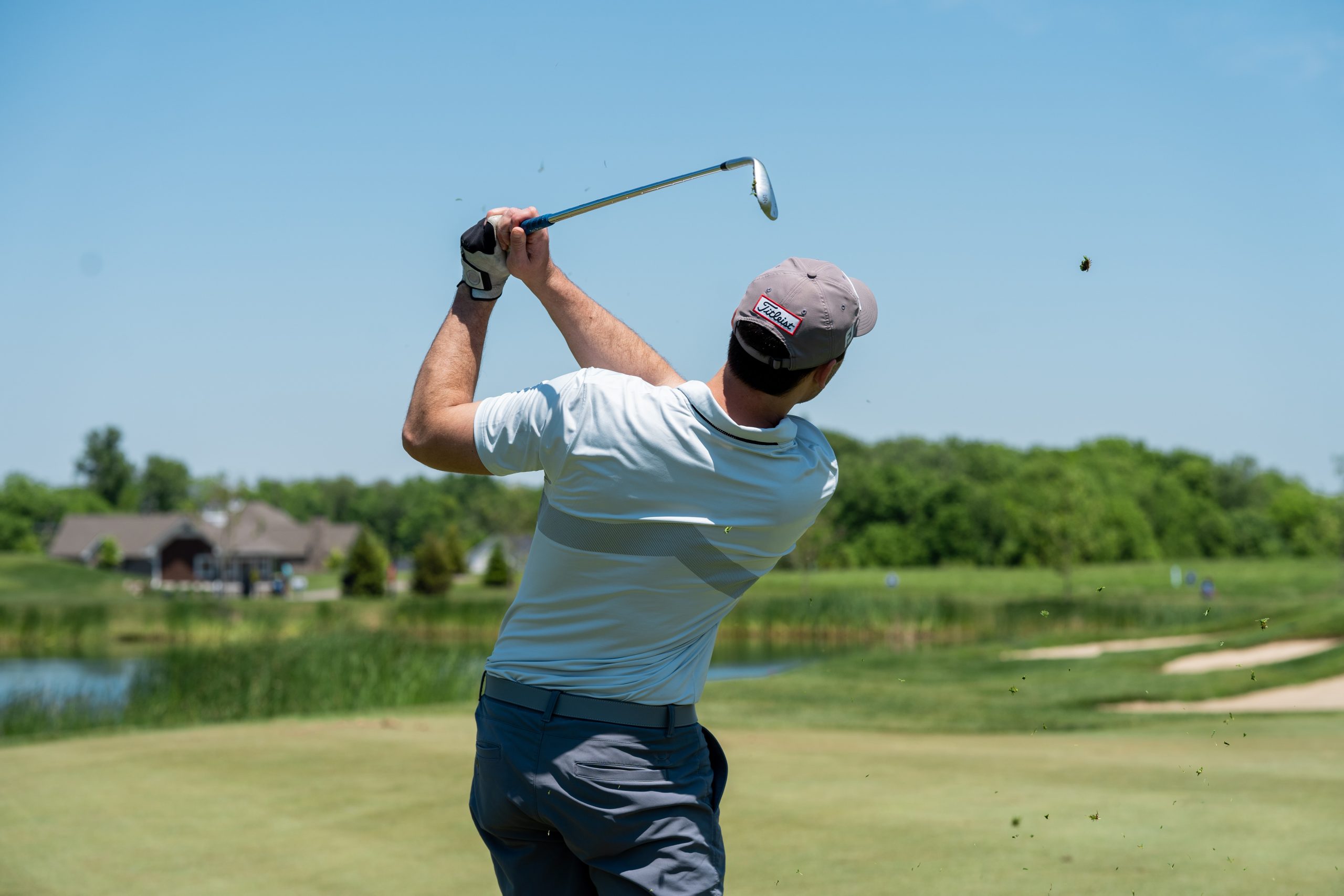
Shoulder Injuries in the Middle-Aged Golfer
One of the most common shoulder injuries for a middle-aged golfer is a rotator cuff strain or tear. The rotator cuff is a group of four muscles that surround the shoulder and help to stabilize the shoulder joint and also move the joint in multiple directions. If one of these muscles is injured you may notice increased pain with movement, feelings of weakness or heaviness in the arm and loss of ROM.
Middle-aged golfers are more at risk for this injury compared to younger golfers due to the changes in thoracic and scapular postural changes that can occur with aging. The scapula, also known as your shoulder blade, is very important in the movement of your shoulder. If you begin to lose thoracic mobility and/or demonstrate changes in the position of your scapula that can put more stress on your rotator cuff muscles, causing an injury.
In many cases, rotator cuff injuries can be treated by a physical therapist but in cases where the tear is significant or the injury has been left untreated, you may require surgery to regain the function of your shoulder.
Shoulder Injuries in the Senior Golfer
One of the most common injuries for the senior golfer is degenerative joint disease (DJD), also known as osteoarthritis, of the glenohumeral joint or acromioclavicular joint. The glenohumeral joint is your shoulder joint and the acromioclavicular joint is where your clavicle attaches to part of your scapular (located on top of your shoulder). DJD may not be due to playing golf alone, but may be due to repetitive motion or use of your shoulder over your lifetime. The symptoms for DJD can include pain/aching in the joint, loss of ROM, loss of strength in the shoulder and feelings of grinding or popping in the joint.
Again, in many cases physical therapy can help to alleviate these symptoms and regain lost function, but in some cases, when the DJD is severe, you may be a candidate for a total shoulder replacement.
What should you do if you have shoulder pain?
There are a couple things you need to do when you feel the onset of shoulder pain. First, stop the activity that is causing the pain. Second, make an appointment with a physical therapist in your area so they can evaluate your injury and assist you through the healing process. Physical therapists can also be helpful in prescribing exercises that maintain your shoulder health so that you can prevent these injuries before they occur.
References
Pavlet, S. PT, DPT, MS, OCS, ATC. 2015. Golf Injuries: Prevention and Management. Common golf injuries. Orthopaedic Section, APTA, Inc. 10-11
Please Share
categories
Recent Posts
categories

Common Shoulder Injuries in the Golfer
Golf is a sport that can be played throughout your lifetime. You can start playing later in life and still get as much joy (or if you are like me, sometimes frustration) out of it as you can if you started playing when you were a kid. A bad round of golf can be discouraging but what’s even worse is being sidelined by shoulder injuries. Although golf is a non-contact sport there is plenty of opportunity for injury, whether it be from poor form, overuse or even a traumatic incident. Injuries to the shoulder account for 17.6% of all golf injuries. Age can also play a factor in which injury a golfer is more at risk to experience. Below are some of the most common shoulder injuries that golfers experience in each age group.
Shoulder Injuries in the Young Golfer
One of the most common injuries in a younger golfer is pain due to shoulder joint instability. Shoulder instability occurs when there is too much motion in the shoulder joint due to laxity in the ligaments surrounding the joint. This can lead to shoulder pain, decreased range of motion (ROM) or even feelings of the shoulder “popping out of place.” There are two different types of instability commonly seen in golfers, including:
Anterior Instability: This occurs when there is laxity in the front of the shoulder. In golfers this is most common in the trail arm (in right-handed golfers this would be their right arm) due to the position of this arm during the backswing.
Posterior Instability: This occurs when there is laxity in the back of the shoulder. Posterior instability can occur in the lead shoulder (in right-handed golfers this would be their left shoulder) during backswing or the trail shoulder during follow through.
Posterior and Anterior Instabilities can lead to more serious injuries if left untreated, including labral, biceps tendon or rotator cuff degeneration.

Shoulder Injuries in the Middle-Aged Golfer
One of the most common shoulder injuries for a middle-aged golfer is a rotator cuff strain or tear. The rotator cuff is a group of four muscles that surround the shoulder and help to stabilize the shoulder joint and also move the joint in multiple directions. If one of these muscles is injured you may notice increased pain with movement, feelings of weakness or heaviness in the arm and loss of ROM.
Middle-aged golfers are more at risk for this injury compared to younger golfers due to the changes in thoracic and scapular postural changes that can occur with aging. The scapula, also known as your shoulder blade, is very important in the movement of your shoulder. If you begin to lose thoracic mobility and/or demonstrate changes in the position of your scapula that can put more stress on your rotator cuff muscles, causing an injury.
In many cases, rotator cuff injuries can be treated by a physical therapist but in cases where the tear is significant or the injury has been left untreated, you may require surgery to regain the function of your shoulder.
Shoulder Injuries in the Senior Golfer
One of the most common injuries for the senior golfer is degenerative joint disease (DJD), also known as osteoarthritis, of the glenohumeral joint or acromioclavicular joint. The glenohumeral joint is your shoulder joint and the acromioclavicular joint is where your clavicle attaches to part of your scapular (located on top of your shoulder). DJD may not be due to playing golf alone, but may be due to repetitive motion or use of your shoulder over your lifetime. The symptoms for DJD can include pain/aching in the joint, loss of ROM, loss of strength in the shoulder and feelings of grinding or popping in the joint.
Again, in many cases physical therapy can help to alleviate these symptoms and regain lost function, but in some cases, when the DJD is severe, you may be a candidate for a total shoulder replacement.
What should you do if you have shoulder pain?
There are a couple things you need to do when you feel the onset of shoulder pain. First, stop the activity that is causing the pain. Second, make an appointment with a physical therapist in your area so they can evaluate your injury and assist you through the healing process. Physical therapists can also be helpful in prescribing exercises that maintain your shoulder health so that you can prevent these injuries before they occur.
References
Pavlet, S. PT, DPT, MS, OCS, ATC. 2015. Golf Injuries: Prevention and Management. Common golf injuries. Orthopaedic Section, APTA, Inc. 10-11
Please Share



